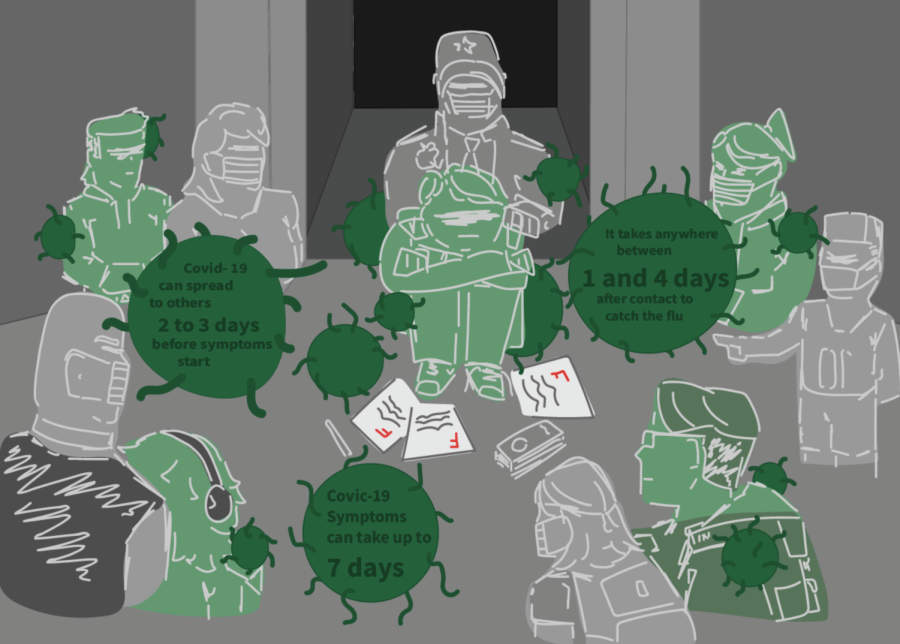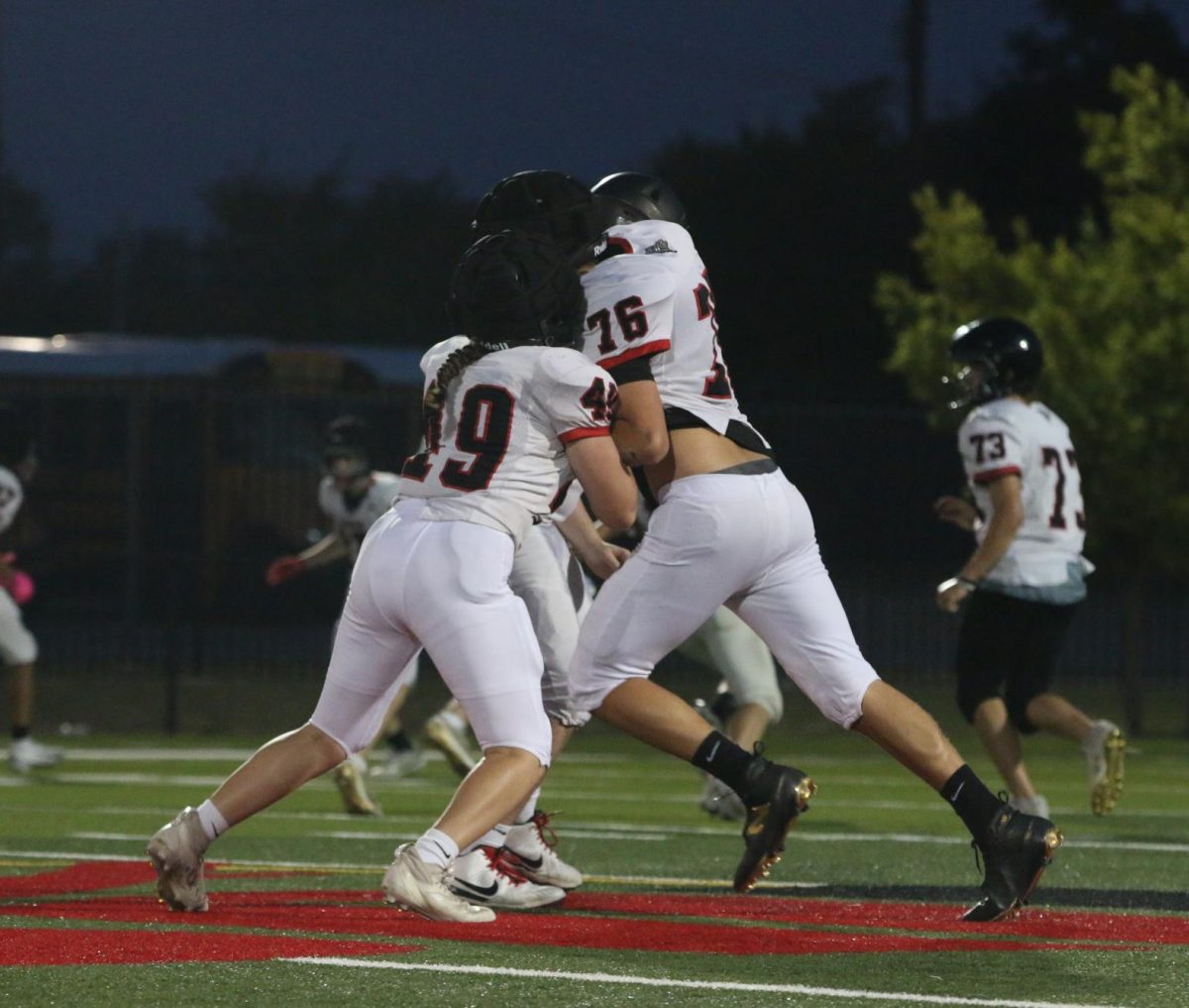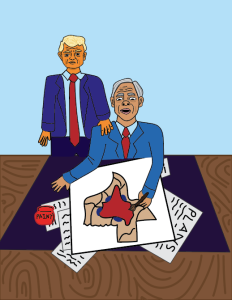Incentives taken from students for nauseating reasons
The current TEA guidelines don’t allow room for the randomness and unpredictability life holds. There are too many days that count against students that disregard the entire purpose of the incentive system altogether.
March 27, 2023
Coughing and bedridden for a week, unable to move with a fever burning through the bed she’s sleeping on. Jasmine Doe stays home to beat the sickness that’s taken control of her immune system when she notices something that sets her mind on fire, more than her fever ever could.
Doe lost her incentives in spite of her attempts to stay caught up with her school work from her bedside. Knowing that she’s mathematically challenged and struggles excessively with the pressure of a test, she’s going to be forced to take the final and potentially fail.
Attendance incentives are an incredible perk that all students look forward to, allowing students to trade their final test scores with their nine weeks average.
These incentives can save a student from failing a test in a subject a student struggles in or for one who struggles with testing in general.
According to bowie.austinschools, the primary goal is to increase achievement by maximizing the time students spend in instruction as well as discouraging non-essential absences.
However, this purpose is contradicted when looking at how student’s can lose them.
For example, sick students who stay home lose their chance of getting one, two, or any incentive with no control of their own.
While students’ stay home with the intention of not contaminating their peers, those students get punished.
These TEA rules don’t fit the unpredictability life holds, nor does it take into account natural occurring events that affect students’ attendance.
While Bowie is obligated to follow the rules that the TEA has set aside, these rules are completely inappropriate and don’t reflect students’ lives.
However, not all sick days count against students’ incentive. The only exception for a sick student to keep their incentive is for the individual to show up to class for at least 45 minutes.
This is ludicrous especially because it pushes sick students to potentially infect students around them with the hopes of keeping their incentives.
In addition to keeping students and staff safe from illness, this adds unnecessary stress to students’ already stressful day off. While students are taking these sick days they are missing assignments, notes, tests, and are already forced to make up these losses.
On top of apparent stress of falling behind, students are now plagued with the thought of losing their incentive.
Students should only concern themselves with getting better and healing, without the additional stress of losing their incentive.
However, students aren’t the only people upset with the loss of incentives, parents are too. According to a Facebook page where parents express their concerns, parents have stated their frustration when their students lost their incentives because of the flu or strep throat.
Both parents and students are recognizing the flaws of this unforgiving incentive system. This alone shows the flaws this system holds over students.
The incentive system we have in place needs to be adjusted to fit student life. The current guidelines are unfair to students who, while sick, attempt to keep up with their schoolwork, or any sick student in general..
A sick day should only count against a student if there is no communication with their teachers and there is no attempt to avoid falling behind in classes.
The current TEA guidelines don’t allow room for the randomness and unpredictability life holds. There are too many days that count against students that disregard the entire purpose of the incentive system altogether.
*Jasmine Doe is a made up name for creative purposes









